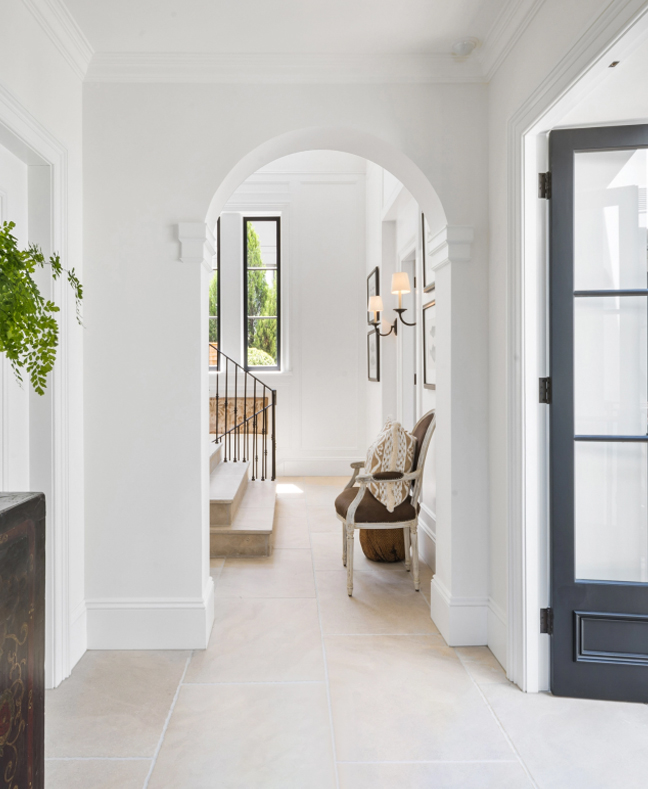Limestone vs. Travertine | What to Choose and Why
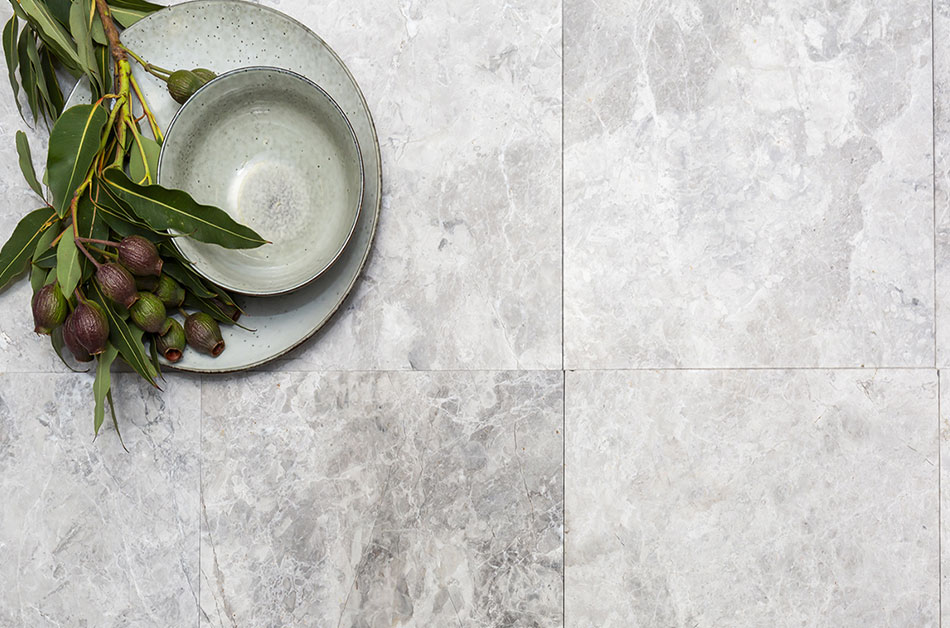
In this article, we discuss the differences in material, durability, use, cost, maintenance, and design between Limestone and Travertine.
Choosing Natural Stone for your Project or Home Renovation
Since stone is created by nature, each type comes with a certain set of characteristics that make it unique.
Different stones are suitable for different projects, environments, and traffic areas. Researching and understanding the stone before making a decision solely based on design preference is crucial to achieve an outstanding outcome.
What is the Difference Between Limestone and Travertine?
Limestone forms from the accumulation of calcium carbonate and sediment found mainly in the ocean. Travertine is formed by the precipitation of calcium carbonate from mineral springs or terrestrial water. Different stages achieved in the formation, dictate the density of the stone.
How Are Limestone and Travertine Made?
Both Limestone and Travertine are sedimentary rocks. Limestone forms from the accumulation of calcium carbonate and sediment found mainly in the ocean. Travertine is formed by the precipitation of calcium carbonate from mineral springs or terrestrial water.
Different stages achieved in the formation, dictate the density of the stone. Both Limestone and Travertine are dense enough and suitable for a variety of residential and commercial projects, depending on the specific requirements of the project.
In general, most Limestones are harder than Travertine.
Is Sealing Essential?
Proper care and sealing are important for Limestone and Travertine. This final process of installing your stone is crucial since it ensures your stone can be maintained and will continue to look good for many years.
As the stone is formed naturally, we cannot expect it to be as stable and uniform as artificially made materials, such as porcelain. That’s why it’s important to understand these qualities so you are sure your selected material is suitable for your project.
Material: Adding the Soft Touch
Limestone and Travertine both feel soft underfoot when compared to denser stones like Marble and Granite, and provide an elegant and sophisticated touch to your home.
With proper care, sealing, and maintenance, the correct product, and colour choice, they can be durable and suitable for high-traffic residential or commercial areas.
Durability: Standing the Test of Time
All natural stone is porous to some degree and requires proper maintenance and care.
If durability and low maintenance are key focuses, it is always advisable to seek expert advice when selecting the most suitable product for your project. When maintained properly, natural stone will last generations.
Many historical landmarks have been constructed of Limestone or Travertine, creating the perfect example of the durability of these natural stones.
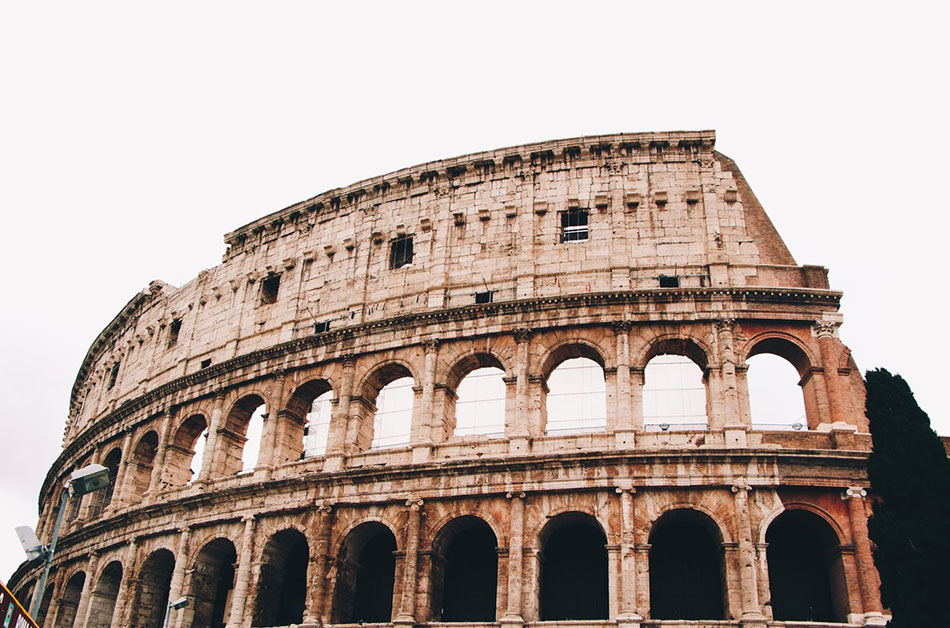
The Colosseum
Limestone is not the only hero you’ll find in the history books though.
Colosseum, the largest standing amphitheater in the world, located in the middle of Rome, Italy, is built of Travertine, Tuff, and brick-faced concrete.
Travertine, together with Granite, was the most frequently used material used in the Roman Empire.
The Great Pyramid
From courthouses to temples, Limestone has shaped architectural history before it made its way to your home.
One of the Seven Wonders of the Ancient World, The Great Pyramid, built approximately 2580-2560 BC, estimated to weigh approximately 6 million tonnes, consists of 2.3 million blocks of Limestone and Granite which were extracted from a quarry and lifted into place.
The Empire State Building
Further, the façade of one of the most impressive buildings in the United States, The Empire State Building, has been constructed mostly from Indiana Limestone as well as Swedish black Granite, Terracotta, and brick.
The Limestone gives the 102-story skyscraper in Midtown Manhattan it’s signature blonde colour.
Holes in Travertine
Due to its process of formation, Travertine features naturally occurring holes. High-quality Travertine will be selected to have less frequent and less significant holes on the surface, however, can still be there to varying degrees. That’s why selecting Travertine that is of high-quality can make a crucial difference in the way the end result looks.
The holes that naturally occur in Travertine can always be filled with grout to provide a smoother finish if that is the look you want.
Holes in Limestone
Limestone generally doesn’t have the pits that naturally occur in Travertine, hence filling them is not necessary. Some Limestones can have small holes the size of a pinhead.
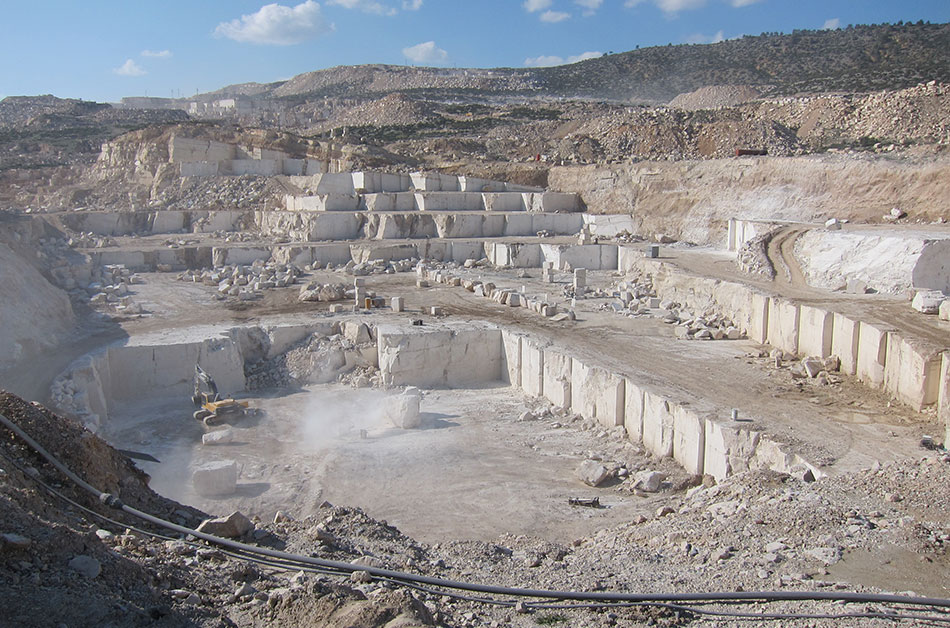
Maintenance: Day-to-day Life With Natural Stone
Since Limestone and Travertine have been created by natural processes rather than in a factory, the stones are beautiful and unique.
But to keep natural stone looking beautiful and long-lasting, proper care and maintenance is required.
If less maintenance is a deciding factor for you, Limestone might be a better choice than Travertine since fewer holes make Limestone less prone to collecting dirt.
The maintenance will also depend on the type of colouring you choose. If you select a light-coloured Limestone or Travertine, it will need to be cleaned more frequently than a darker stone with more veining and pattern.
Sealing both Limestone and Travertine is essential.
High-quality sealers can last up to 5-10 years depending on usage and the porosity of the stone. Sealers allow the stone to be cleaned more easily and stains to be released but it is recommended to wipe away spills before they have a chance to penetrate. Cleaning should always be with a pH neutral cleaner to prevent etching the surface.
Indoors, Outdoors or Both?
Depending on the finish, Travertine and Limestone can be used indoors as well as outdoors.
Popular indoor finishes are honed or tumbled, while outdoors an alfresco or tumbled finish is favoured. When selecting the stone, be mindful of the slip rating required for your specific usage.
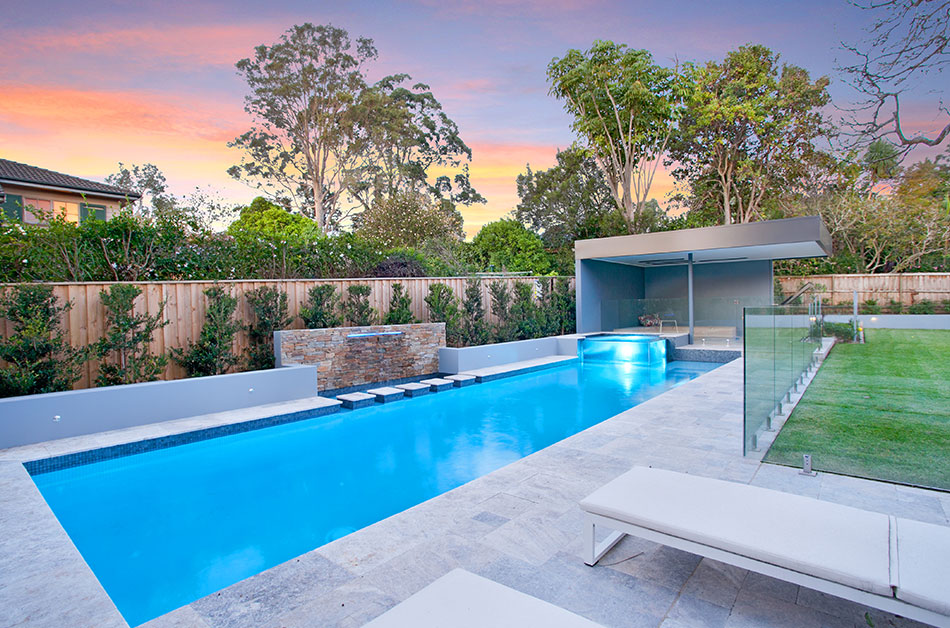
What Is a Slip Rating?
Slip rating tests the slip resistance levels of surfaces with appropriate testing methods in various conditions. They indicate the resistance rating that can be expected from these surfaces and therefore makes it easy to decide whether the tiles are suitable for surfaces such as bathrooms, or outdoor areas.
The Pendulum test determines the surfaces on a range from P0, indicating very high slip risk, hence not being suitable for outdoors at all, to P5 indicating very low slip risk and making it a safe choice to be used around pools.
Limestone vs Travertine Cost
The cost of Travertine compared to Limestone is an interesting topic. As Travertine and Limestone can come from many parts of the world, the cost will vary according to the country of origin and can differ quite significantly.
For example, Vein Cut Filled and Honed Italian Travertine is a premium product and will cost far more than say Cross Cut Tumbled Travertine from Turkey. Cross Cut is the most common cut for natural stone.
Cross Cut Tumbled Travertine from Turkey is a more affordable way of adding natural stone into your home, indoor and outdoor areas, and the swimming pool.
The Tumbled Travertine can come in a Tile, Paver, Pool Coping, and French Pattern. Depending on which format you select to use, the price will also vary.
What Else Affects the Cost?
The cost of Travertine and Limestone will also vary depending on the thickness of the stone tile or paver. In the same material, a tile will cost less than a paver. A French Pattern format is generally less expensive than a tile.
The block of stone that the tile is being cut from or the size of the tile can also affect the cost. A larger tile needs a larger block of stone which means fewer cuts and therefore fewer tiles per block.
Whereas a French Pattern set is made up of small and large size tiles and can be used from different blocks. Hence also the varying colours often found in French Patterns.
Reducing Price, Not Quality
If you are looking at using Travertine, ensure you do your research to determine the level or grade of Travertine you are purchasing. The varying levels and grades will also determine the price of the material. Lower-grade Travertine generally means a lower price to pay and often means lower quality, with significant holes.
Travertine has been a popular material used in Australian residential projects for decades. However, over the last few years, we have seen the trend move away from Travertine and more to Limestone.
When comparing the price of Limestone and Travertine, other factors such as processing or the resulting final finish of the stone will also affect the price.
In summary, there is no direct answer as to whether Travertine or Limestone is more expensive. It all comes down to your preferred design, finish, and budget.
Talking to a natural stone specialist will help you find the stone that will fit your budget and meet your requirements.
Design: Created By Nature
With the naturally created design of all Limestone and Travertine, you can bring a unique one-of-a-kind aspect to your home.
What are the typical designs you can expect from Limestone and Travertine?
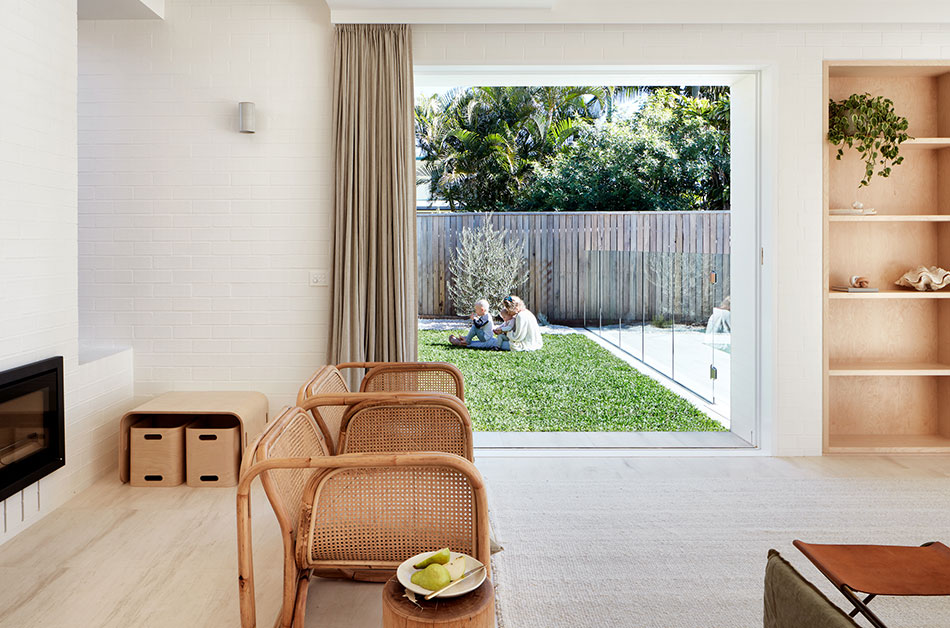
Limestone
Many Limestones tiles and pavers are available in more neutral, white, and beige tones with subtle movements and fewer variations. The natural light and muted colours make it a popular choice in Australia since it fits the light coastal vibe.
If there is more dominant veining, it usually means the stone is harder and has undergone a more thorough process from Mother Nature.
Travertine
Travertine tiles and pavers feature frequent naturally occurring holes and veins. This, in combination with warmer colour notes with interesting patterns and variations, can make Travertine look richer and more organic.
Whether you are looking for more solid and neutral colours or more movement, veining, and natural variation, it all depends on your personal preference.
Limestone or Travertine can be the stone that meets your design preferences.
Popularity Contest
Limestone and Travertine tiles, pavers, and pool coping are popular and the current winner of the contest depends on the seasonal trends. While Travertine is still popular, the current trend has been moving towards Limestone.
Because many Limestone tiles are light, beige, and neutral, they tend to be popular in coastal cities in Australia. While some people consider the little variations and more solid colours beautiful, others see those designs as boring.
In addition, as Limestone and Travertine both reflect heat, they stay cooler underfoot and therefore are a great choice for exterior use.
Travertine or Limestone tiles and pavers, that are darker in colour, feature more veining, variation and interesting colours are popular in colder climates in Europe as well as edgy places that are looking for statement pieces such as Melbourne or Italy.
The Bottom Line
Limestone and Travertine tiles and pavers are great natural stones that enhance the value of your property, feel soft underfoot and bring a long-lasting premium touch to your home or project.
Some of the main differences between the two are that Travertine features naturally occurring holes that can or do not have to be filled. While some Travertine is more affordable, expect to pay a higher price for premium high-grade Travertine.
Limestones are popular because of their neutral, white, and beige colours with subtle movements and are well suited to beachy coastal designs popular among Australians.
What about you? Does the sophisticated Limestone spark your interest or are you looking for more statement pieces present in Travertine?
Contact us on 02 9666 9222 or email info@sareenstone.com.au to chat with one of our natural stone specialists to help you select the right material for your project.
